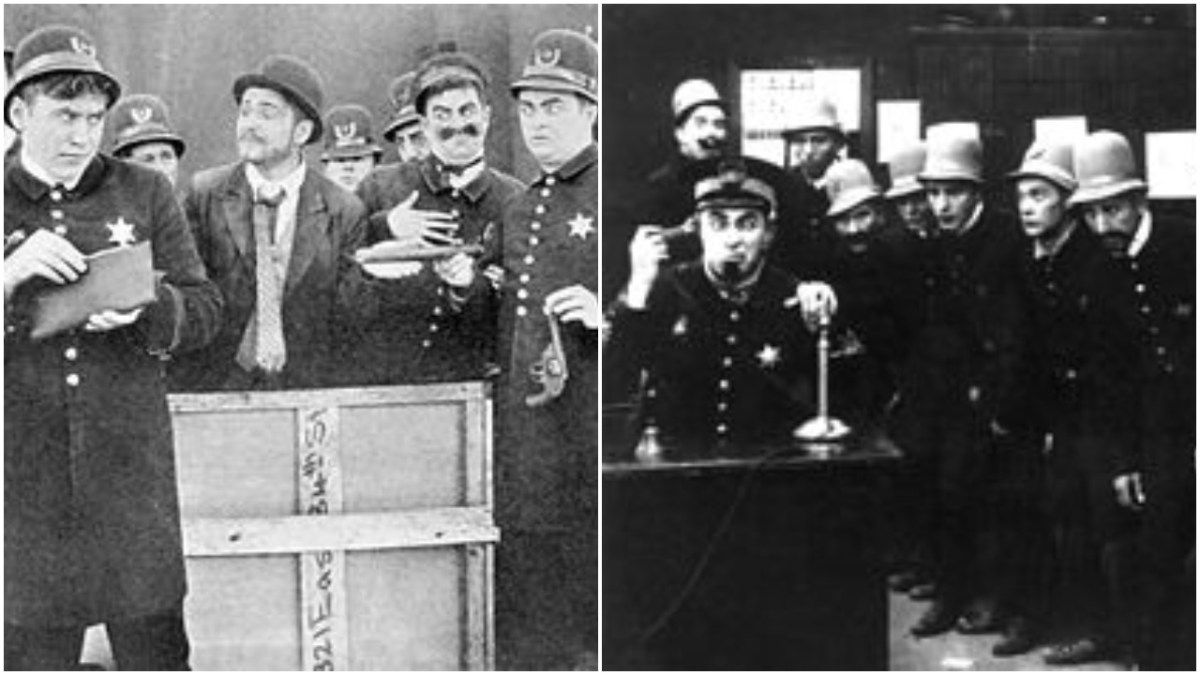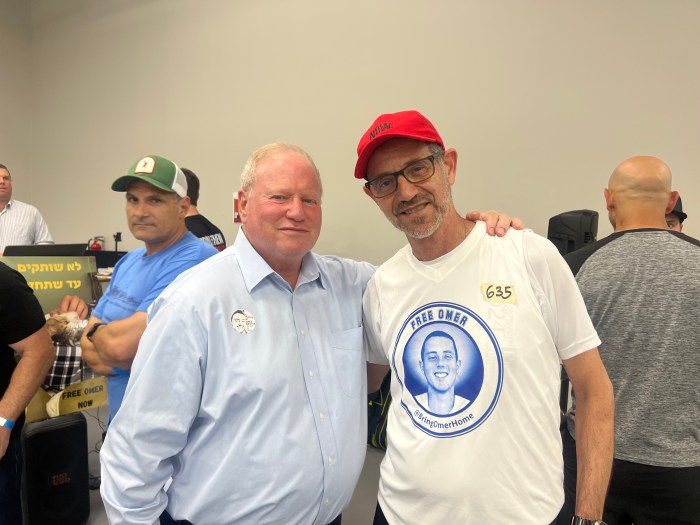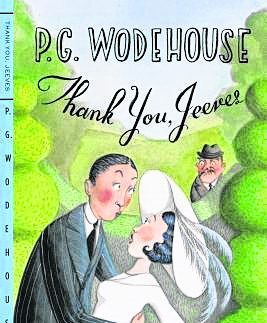In the early 1900s, rapt audiences sat in darkened theaters, mesmerized by the flickering dyed or tinted images projected onto a screen. The films had no sound track; movies were silent in those days, before the invention of synchronized dialogue. To mask the whirring of the film projector, a musician sitting at a piano by the screen would improvise music scores to match the battle, car-chase, melodrama, or slapstick scenes.
Such was the scene in New York and across the country, especially in Nassau and Suffolk counties. But Long Island went beyond showing shorts and feature-length movies: It took the action to the next level when it became location central for film production, not suspecting that after a few short years Hollywood would become the world capital of the commercial movie industry.
As Vicki Berger of the Suffolk County Historical Society Museum told News12, “Long Island was the original Tinseltown. We were Hollywood East before the industry moved to the West Coast.”
SOUTH SHORE LIGHT
It all came about because American Vitagraph Company, a Brooklyn-based film studio, opened a location in Bay Shore in January 1916. That year, Vitagraph produced 26 silent movies. Before that, Vitagraph had established itself in 1897 in Lower Manhattan to compete with the projecting kinetoscope, the forerunner of the film projector created in 1896 by Thomas Edison.
Vitagraph’s initial Lower Manhattan silents consisted of film shorts and newsreels about the 1898 Spanish-American War. Many of them did not include news footage: They were actually reenactments that would later become known as propaganda. But the paying public was hungry for entertainment and the studio thrived, feeding them a steady diet of its productions. By 1907, Vitagraph was known as the most prolific American film production company, producing hundreds of newsreels and famous silent films.
In 1916, the normally peaceful hamlet became the go-to place for masters of comic timing and others who wanted to be seen on the scene. Film directors, producers, costumers, makeup artists, and all the creative talent of the silent-movie machine descended on the place known as “Slapstick City” to churn out silent films full of sight gags. The New York Times described how “the film technicians behind primitive movie cameras found that the South Shore, with its southern exposure, offered perfect conditions for filming.”
The busy studio enticed such legends as beloved writer-producer-director Charlie Chaplin, known for portraying his character The Tramp in films that folded “pathos neatly into the slapstick,” as The Guardian wrote. Chaplin was so impressed with the surroundings that he bought an East Islip mansion off Suffolk Avenue with a hand-set bowling alley in the basement. Oliver Hardy, half of the famed comedy duo Laurel and Hardy, owned a home on Maple Avenue in Bay Shore, and stars like Mae West, queen of the off-color one-liners, rented summer cottages there. Another film star glimpsed around town was Fatty Arbuckle, who appeared in the popular Keystone Cops series produced by Vitagraph. Arbuckle’s claim to fame, according to History.com, was his talent for “comedic pratfalls and pie-throwing.”
POLICE PRATFALLS
The bustling hamlet’s Main Street was full of the horns of automobiles and the clip-clop of horse-drawn carriages, a charming respite from New York City for the many affluent vacationers who flocked there. Vitagraph’s offices were located in the Vitagraph building at 94 Fourth Ave., formerly General Keystone Appliance Repair. The building was also used as the fictional policemen’s headquarters.
The bumbling, inept peacekeepers of the Keystone Cops films (also spelled “Kops”) were created by producer/director Mack Sennett, dubbed “The King of Comedy” by Turner Classic Movies, “a ringmaster for a motley crew of comedic talent that included Charlie Chaplin, Fatty Arbuckle, Mabel Normand and the Keystone Kops, who slid, slipped and slapped their way across American movie screens.”
Bay Shore locals got in the act, earning about $5 per day as extras. Some observers have said that the film directors invited the real Suffolk policemen to act as extras as well. Others said that the ideas for the early films were created by local Suffolk County scriptwriters after observing the local police force at work.
The farces about the ineffectual, inept cops were popular from 1912 to the early 1920s; the golden age of the silents thrived until 1927, fading away with the release of the first feature-length films with synchronized dialogue, known as talking pictures (“talkies”). With that invention, the genre of movies without a sound track went quiet — for good. After the cameras stopped rolling, Vitagraph closed up shop, and the Vitagraph building was converted into apartments.
Sign up for Long Island Press’ email newsletters here. Sign up for home delivery of Long Island Press here. Sign up for discounts by becoming a Long Island Press community partner here.


































